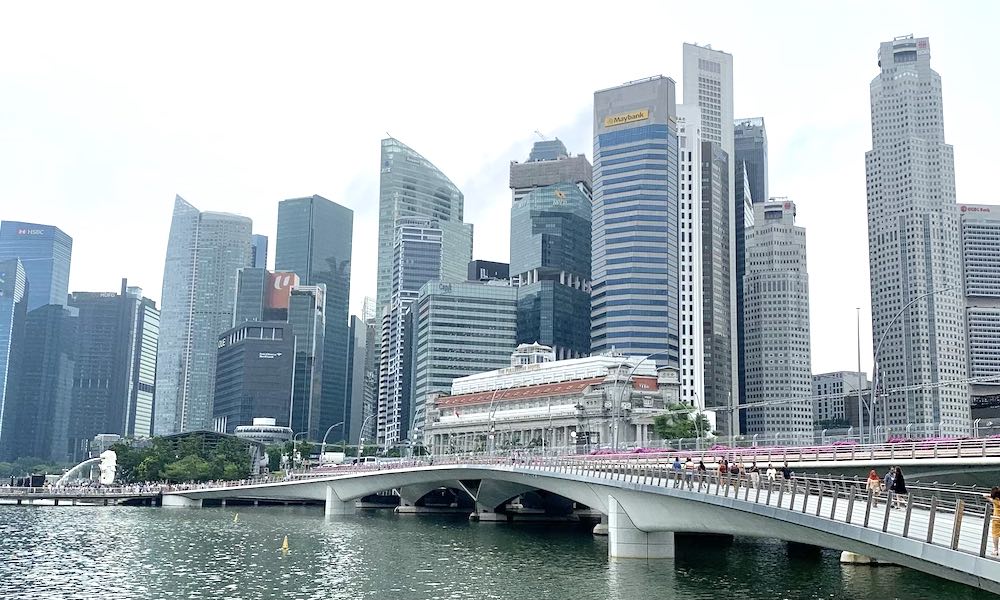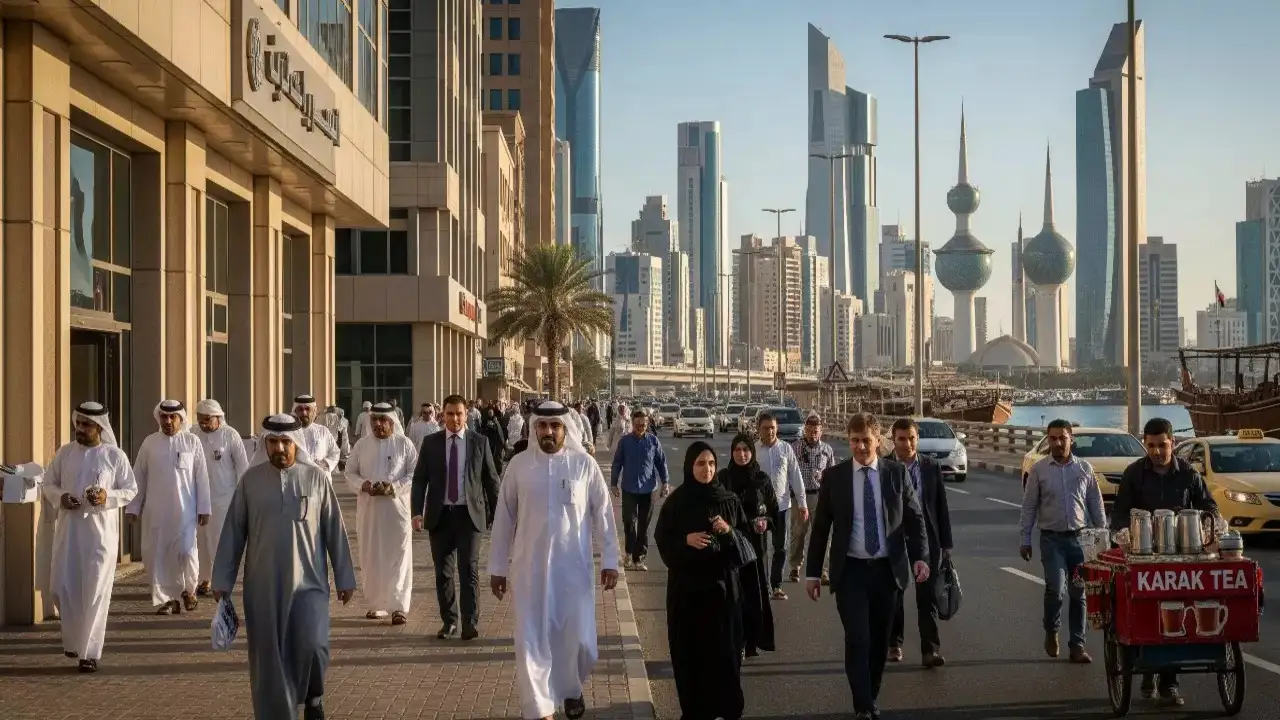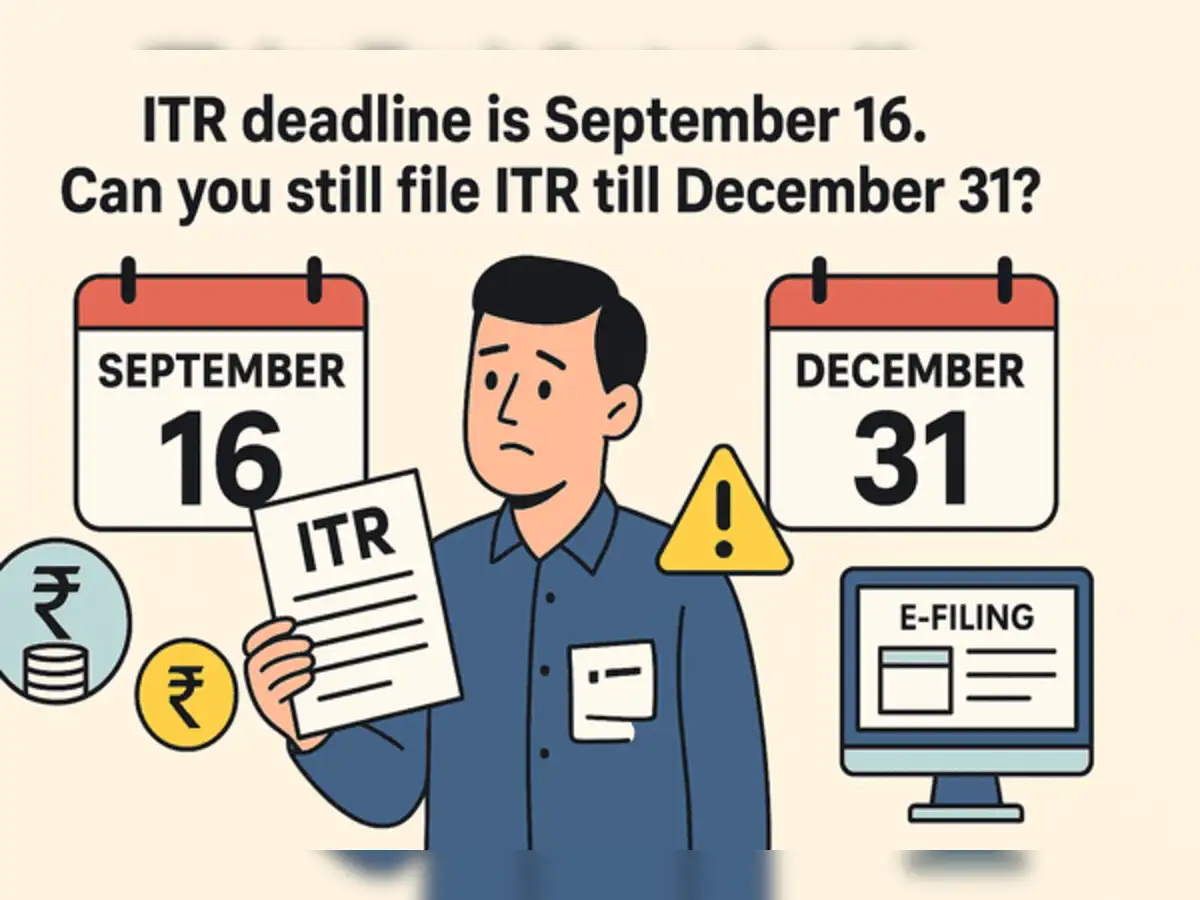By Splash
Copyright splash247

Singapore has more than one maritime week. There’s the official one in April, plus this week’s mix of events – including our own Maritime CEO Forum – that culminate with Friday’s massive Singapore Shipping Association dinner. Splash launches its latest Singapore annual today, assessing how the city-state aims to remain the world’s most relevant maritime hub with correspondents tackling pertinent topics including talent, immigration, costs, tech as well as sectors such as bunkering, shipyards, and the port.
When the latest Xinhua-Baltic International Shipping Centre Development Index 2025 crowned Singapore the world’s leading maritime hub yet again, there was little surprise across the industry. Likewise, last year’s DNV–Menon Leading Maritime Cities 2024 report placed the Lion City on top, as did another shipping hub survey published just last week. The accolades pile up like containers on a fully laden boxship, confirming what many already know: Singapore remains the pre-eminent nexus of global shipping.
But behind the trophies, the city-state knows that resting on laurels is the fastest way to lose relevance. In an industry defined by disruption — from geopolitics to decarbonisation, digitalisation to demographic shifts — Singapore is retooling its hub status not as a finished product, but as an ongoing project.
Strategic continuity at the top
Singapore has recently seen a change of political guard, with prime minister Lawrence Wong stepping into the role once held by Lee Hsien Loong. For shipping circles, the question is whether Wong “gets” maritime in the same way his predecessors did.
The answer, insiders suggest, is continuity with intensity.
“Singapore’s approach to its maritime sector is characterised by strong strategic continuity under its leadership,” says one senior industry source. “While there isn’t a significant shift in the fundamental principles, there is an intensification of focus on key areas such as accelerating decarbonisation initiatives, driving advanced digitalisation and automation, securing global talent, and enhancing the sector’s overall resilience.”
That continuity — combining pragmatism with boldness — has long been Singapore’s competitive edge.
The smartest
Ryan Kumar, a director at recruitment firm Direct Search Global, puts it bluntly: “Singapore isn’t the biggest port, or the cheapest. But we’ve always been the smartest. And in a region heating up with geopolitical plays and billion-dollar port developments, staying No. 1 isn’t about size — it’s about strategy.”
Kumar breaks down that strategy into four pillars: infrastructure excellence; regulatory trust; decarbonisation leadership; and a deep ecosystem – a dense cluster of shipbrokers, financiers, insurers, class societies, law firms, and tech startups, all within a taxi ride of each other, creating network effects few hubs can match.
But Kumar also issues a warning: “The risk is complacency. We can’t just keep polishing our awards and expecting owners to stay out of loyalty. Leadership isn’t inherited — it’s earned, every quarter.”
Multi-pronged strategy
Shipmanagers echo this multi-dimensional story.
Demetris Chrysostomou, CEO Asia Region for Columbia Shipmanagement, argues that Singapore’s leadership comes from government support married to private sector agility.
“The government here offers targeted funding and grants to attract cutting-edge technologies and high-calibre talent. It has also streamlined regulatory frameworks so that new solutions can be implemented quickly and effectively,” Chrysostomou notes. “Singapore provides a highly supportive platform for maritime companies, with access to skilled labour, world-class resources, and global markets, as well as excellent connectivity.”
But Chrysostomou adds a twist: Singapore could actually strengthen its own hub status by helping its neighbours grow.
“It may sound counter-intuitive but Singapore can really maintain its leadership by helping its neighbouring countries grow, creating a stronger and more connected regional maritime network,” he argues. That could mean bringing regional leaders into innovation talks and seminars, or leveraging virtual platforms for wider participation.
Governance as an asset
For Vinay Gupta, managing director of Union Marine Management Services, Singapore’s edge comes from its flexibility and governance.
“Singapore has an advantage of being asset-light — they have the ability to reposition themselves according to the demand of the industry,” he says. “Excellent governance and the local government listening to the industry makes it a perfect recipe for success.”
Digitalisation, decarbonisation, and crew training are the nuts and bolts investments Singapore has made “to stay ahead of the curve,” Gupta adds.
Yet he warns of an Achilles’ heel: talent.
“The lack of a strong local workforce could prove to be Singapore’s Achilles’ heel. Reliance on transient manpower may meet today’s needs, but it risks weakening continuity and succession. Singapore must make maritime more attractive to locals while ensuring knowledge transfer from experienced expatriates.”
Talent is indeed the currency in which global hubs compete.
Lorenzo Agatiello, Asia Pacific director at Faststream Recruitment, says surveys consistently rank Singapore as the world’s number one hub for maritime talent.
“It is seen as a safe and trusted place to do business, strategically located, and home to a strong cluster of owners, operators, service providers, and increasingly, maritime tech firms,” he says.
Agatiello points to Singapore’s immigration policies — from the ONE Pass to higher thresholds for employment passes — as signs of its intent to attract and retain world-class professionals.
“Talent attracts talent – people want to be where the best opportunities and networks are, creating a virtuous circle. At the same time, Singapore is also investing heavily in the development of local talent and promoting the maritime sector as an attractive career path.”
That dual strategy of importing and developing talent is critical for sustaining Singapore’s edge.
Not all feedback is glowing. Peter Schellenberger, founder of consultancy Novamaxis, offers a blunt assessment: “Embracing technology and collaboration with other important global ports is the game changer, together with serious government and varsity funding and low legal barriers. The mix is still globally unmatched. Singapore’s true enemy is cost.”
Indeed, Singapore’s high living costs — from housing to schooling — remain a recurring concern for expatriates and employers alike. The challenge is ensuring that the city remains attractive despite being one of the most expensive places in the world to live.
From the operator side, Raymond Peter, managing director of BSM Singapore, highlights continuity and adaptability.
“There isn’t a significant shift in principles under Wong’s leadership,” he says, “but there is a heightened focus on decarbonisation, digitalisation, and talent development. These are the pillars that will ensure Singapore not only maintains but enhances its global standing.”
Beyond the rankings
What emerges from these voices is a paradox: Singapore is celebrated precisely because it refuses to believe its own hype.
The Xinhua-Baltic and DNV–Menon rankings are useful scorecards, but Singapore treats them not as end goals but as proof points in a longer journey. The real work is in future-proofing the hub against shocks and shifts that may not yet be visible.
Beng Tee Tan of SMF underscores this resilience mindset: “Disruptions and change have almost become constant in the global economy today. Amid these challenges, it was encouraging to note that maritime Singapore has demonstrated resilience.”
Singapore’s maritime dominance is not preordained, nor is it unassailable. It rests on relentless adaptation, smart governance, and a refusal to believe the job is ever done.
The voices across shipmanagement, finance, recruitment, and consulting converge on one point: complacency is the only real threat.
Or as Ryan Kumar neatly puts it:“Singapore leads today. But leadership isn’t inherited — it’s earned, every quarter. We must keep outthinking, not just outbuilding, our rivals.”
That mindset — pragmatic, restless, and unafraid to reinvent itself — is why Singapore remains the world’s top maritime hub in 2025, and why it is positioning to stay there well into the future.
To access the whole of Splash’s Singapore Market Report 2025 for free online, click here.



